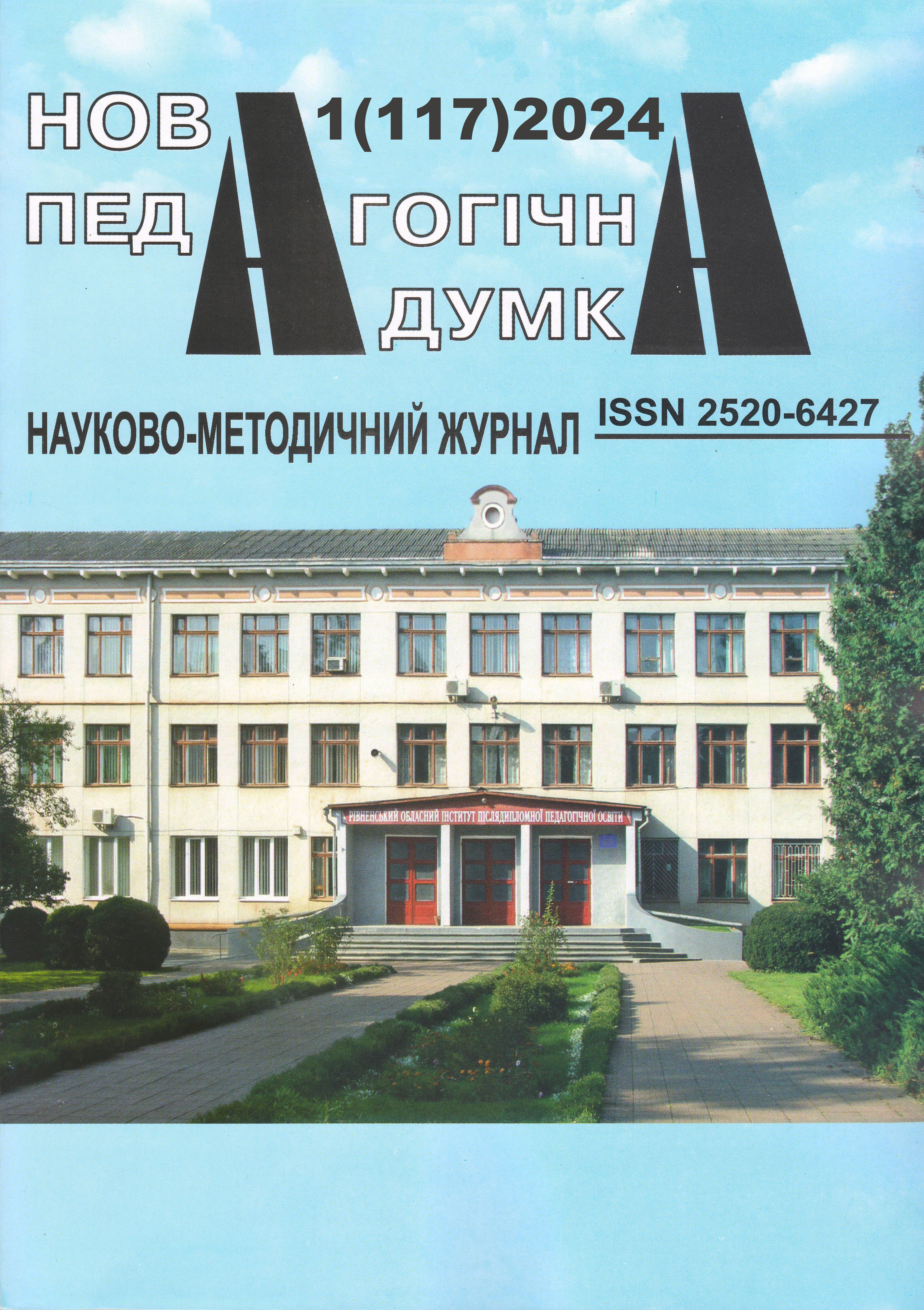Continuous design education as a scientific and educational problem
Abstract
The article analyzes the essence of the concept of «continuous education». It was revealed that in modern conditions, various approaches to determining its essence have developed. The author takes as a basis the definitions according to which continuous education is realized by: forming the need and ability of the individual for self-education and self-development; optimization of the system of retraining specialists and raising their professional level; creation of integrated educational plans and programs; formation and development of educational-scientific-production complexes of graduate training of specialists; development and introduction of distance education based on innovative information technologies; creating a system of educational institutions to provide adult education in accordance with the needs of the individual and the labor market. It is emphasized that continuous education becomes a scientific and educational-methodical problem that requires a comprehensive approach and balanced solutions. At the same time, the development of design education as a part of the entire educational system of Ukraine is subject to the general trend of the movement towards continuous education. The researcher defines continuous design education as a system of educational programs and methods aimed at continuous professional improvement of designers and other design specialists. Scientific and educational-methodical problems of such a system may include the following aspects: updating programs, developing new teaching methods, providing access to resources, evaluating performance, adapting to individual needs, and a global approach. The main problems that may arise in the context of the development of continuous design education in Ukraine: lack of standardization of the instructional and methodological base, low level of material and technical base, lack of interaction with industry, instability of funding, insufficient use of interactive teaching methods, need for training of teaching staff, adaptation to labor market requirements.





